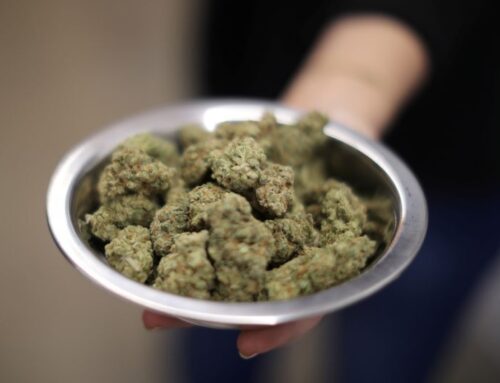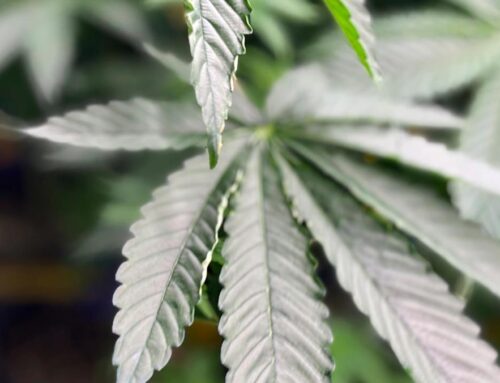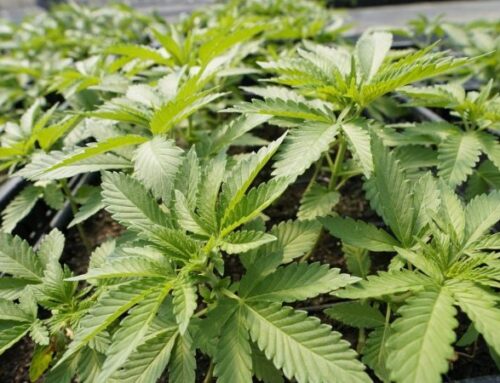Swedish hedgehogs found to contain pesticides, plastics and lead
April 2, 2025
What can studying dead hedgehogs tell us about the state of the environment? Quite a lot, it turns out, as researchers in Sweden have uncovered “surprising” results from their efforts.
Taking samples from deceased animals retrieved from southern Sweden, researchers from Lund University have discovered worryingly high levels of environmental pollutants. These ‘urban hedgehogs’ live alongside humans, raising concerns about the quality of the environments we live in.
Erinaceus europaeus, the European hedgehog, is considered a ‘sentinel species’ that can provide early warning of threats that present risk to humans. In their study, researchers found a cocktail of nasties in the hedgehogs’ bodies, including lead, pesticides, brominated flame retardants, plastic additives and more.
Particularly notable was the finding of polychlorinated biphenyls (PCBs) in every animal included in the study, showing that despite being banned for decades, PCBs are still a serious concern for human and environmental health.
Why are hedgehogs such good markers of environmental pollution?
The humble hedgehog spends its days snuffling through leaves and vegetation, looking for insects to eat. Slugs, snails and earthworms are their favourite, but they will also eat eggs, vertebrates and carrion if they come across them.
This lifestyle means hedgehogs are susceptible to a buildup of chemicals and pollutants. As persistent pollutants move up the food chain, they become more concentrated, a process known as biomagnification. Over time, as hedgehogs eat multiple contaminated prey items, heavy metals, pesticides and plastics build up in their bodies.
“Hedgehogs are especially suitable for measuring environmental contamination because of their lifestyle,” says Maria Hansson, professor of ecotoxicology at Lund University and author of the report.
“They live in ground level habitats, eat ground-dwelling invertebrates, and travel great distances each night to feed. They also drink the storm drain water which can contain both heavy metals and other chemicals, so their exposure to the contaminants in urban environments is high.”
What chemicals were found in the hedgehogs?
Researchers examined spines, teeth and liver tissue of the deceased hedgehogs to analyse exposure to environmental pollutants. The results showed that the hedgehogs had high concentrations of the heavy metal lead and contained several organic environmental chemicals.
These chemicals included phthalates, which are used as plasticisers in rubber and plastics, and polychlorinated biphenyls, or PCBs. A collective name for toxic substances that have been banned in manufacturing for decades, PCBs were the most abundant pollutant in the hedgehogs, and were found in every single animal they tested.
PCBs were widely used in industrial applications from the 1930s until their Europe-wide ban in the mid-1980s. But these substances are highly persistent, meaning they can remain in soil, water and even in the air for decades.
According to the European Commission, PCBs are “now classified as probable human carcinogens and produce various adverse effects in both humans and animals.” They interfere with hormonal systems, disrupt thyroid function, alter reproductive systems and impair immunity. They have also been linked to various neurological and developmental problems, particularly in children and young animals.
“Even though we have cleaned up the environment, many chemicals are still present in the soil and around our homes,” says Hansson. “Some, like PCBs, are persistent molecules that are not broken down but remain in the soil for decades (if not more).
“And now, we’re adding new substances to the environment like plastics, which leak a multitude of chemicals like phthalates, which we know can act as hormone disruptors,” she adds. “We also use building materials and pesticides, and they all end up in the organisms that live in our surroundings.”
The use of these chemicals has been heavily restricted in Europe since 1985. Under the Stockholm Convention, PCB-using industries and governments must identify, label and remove PCBs from electronics like transformers and capacitors by the end of 2025.
Are these pollutants dangerous to hedgehogs?
How hedgehogs are affected by these environmental pollutants is not known by the researchers. However, as many of these substances are known to be endocrine disruptors, carcinogenic or interfere with reproduction, researchers say finding them in mammals is worrying for both people and hedgehogs.
Since 2020, hedgehogs have been listed as near threatened on the International Union for Conservation of Nature’s red list. Across Europe, their numbers have declined by at least 30 per cent over the past decade, largely due to habitat loss and a decline in food sources. But are environmental pollutants having an impact on the population too?
“I believe that this accumulation of xenobiotics in the hedgehogs could be one of the factors contributing to the decline,” says Dr Sophie Lund Rasmussen of Oxford University, also known as ‘Dr Hedgehog’. “However, we need more research to be funded to establish precisely what health effects it has on hedgehogs.”
Dr Rasmussen’s own studies into hedgehog contamination found nine out of 10 studied animals contained levels of damaging pesticides. Previous studies have also highlighted high levels of metals, particularly lead, found in hedgehog teeth and livers.
“I am convinced that environmental pollution contributes to hedgehogs’ decline,” says Hansson. “The high lead levels may cause them to become disorientated and get run over more often than they should because they are not behaving normally. Organic contaminants may also affect their offspring’s development and overall fertility.”
A worrying finding of the study highlighted how PCB buildup may more acutely affect young hoglets. PCB levels were found to be higher in juvenile hedgehogs than in adults, a trend previously observed in other species, including bears, porpoises, and seals.
“Hedgehogs store huge amounts of fat for hibernation and to raise their young,” explains Hansson. “Contaminants like PCBs store more easily in fat tissue and accumulate there, but when the fat is used up, for instance when nursing young, the contaminants are released, which can cause severe health issues.”
Search
RECENT PRESS RELEASES
Related Post




